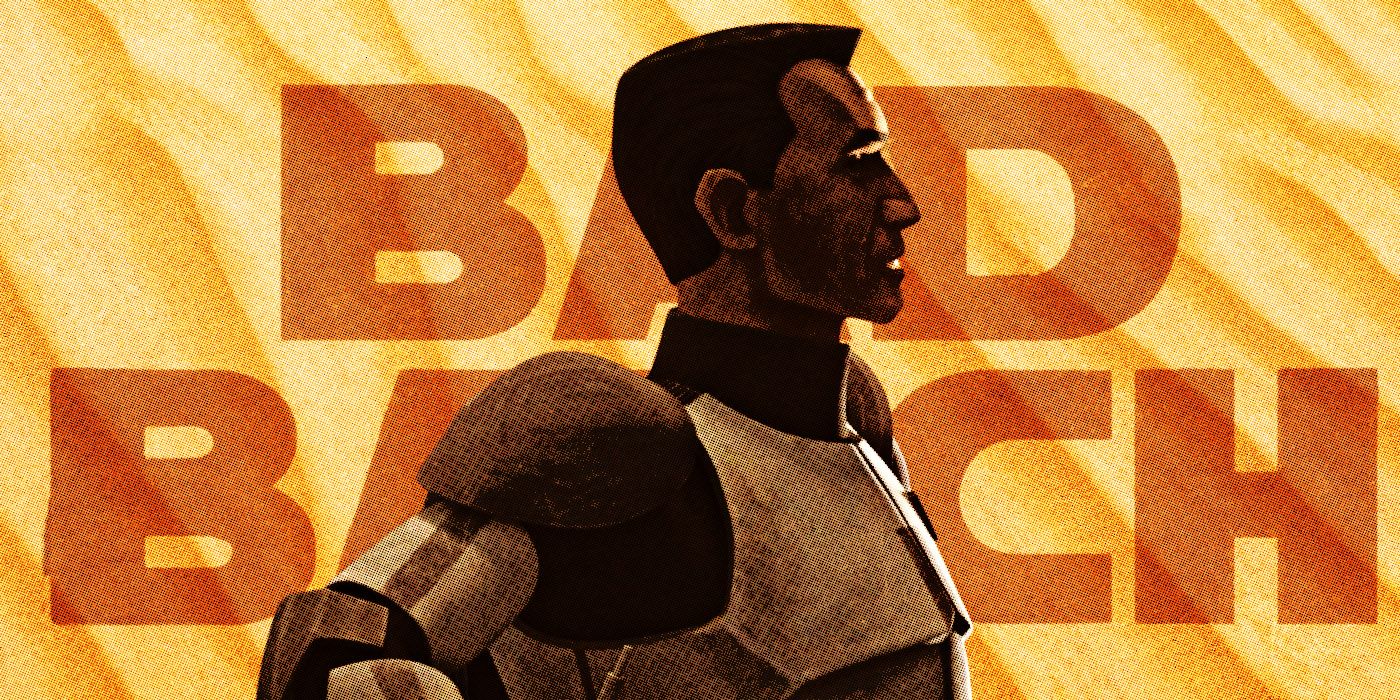Super Bowl TV advertising holds up a huge mirror to American society as well as modern marketing, channeling and influencing the zeitgeist in a major way and indicating some of what companies believe about the year ahead.
Look specifically at what automakers are doing, and Big Game commercials can become a prism for viewing the state of U.S. manufacturing as well. Autos still comprise one of the largest chunks of the nation’s manufacturing economy and form the vanguard of the electrification of global transportation.
Here are some observations based on what we know now, merely dozens of hours before Sunday’s kickoff of Super Bowl LVII between the Philadelphia Eagles and the Kansas City Chiefs, at 6:30 p.m. E.T. in Glendale, Arizona:
• There are questions about the ’23 auto market. After a down year in 2022 when U.S. auto sales dipped below 14 million units, the worst showing in a decade, Toyota and General Motors have said they expect a bounceback to around 15 million units this year, or about a 10% advance on a year earlier. Typically in the previous decade, U.S. sales would reach the 17 million annual level.
But the economic slowdown, massive layoffs across industries and a continuing increase in interest rates will continue to weigh on auto sales in the year ahead. Auto companies often time their Big Game appearances to important launches of new vehicles or to significant technology advances, but their reading of the general market also plays a role.
That may be one reason only three automakers and four brands have committed to posting commercials during the game on Sunday, down from a usual Super Bowl roster of six or eight car ads; aftermarket supplier WeatherTech and ride-sharing leader Uber also are planning to advertise. But more than a handful of competitors decided it wasn’t a good idea to frontload 2023 marketing expenses with an outlay that would require a reported $7 million for 30 seconds of advertising time this year.
• The supply chain is still an issue. Auto companies lately have been reporting 2022 performances that were still strongly affected in some cases by problems with microchip supply that began during Covid; Ford CEO Jim Farley, for instance, said that his company left $2 billion in profits “on the table” last year because of supply-chain problems and poor execution. Constraints on the supply of used cars, meanwhile, have shaken the business models of online used-car sellers such as Carvana and Vroom, a category that has yielded several Super Bowl ads in years past.
But much of the industry has moved on from such snarls, and the differences among automakers are partly reflected in Super Bowl advertising. Kia, for instance, recently has been able to increase production by 20% of its strong-selling Telluride large SUV at its plant near Atlanta, and so it hasn’t been hesitant to make Telluride the “hero vehicle” of its planned Big Game spot.
“We’re trying to make sure we keep demand up [for Telluride] so we can keep all the employees there working, and hire more,” Russell Wager, vice president of marketing for Kia America, told Chief Executive.
• EVs remain the main game. U.S. sales of all-electric vehicles more than doubled last year but still reached to fewer than 6% of all sales, indicating that mainstream America still hasn’t bought into the industry’s forced march by regulators into the electrification revolution. So while there’s less of a need to flog EV awareness this year, car companies are continuing to promote their proliferating lineups of electric offerings in Big Game commercials.
GM, for instance, has previewed its Super Bowl ad featuring comic actor Will Ferrell driving EVs through various scenarios, underscoring the versatility of all-electric vehicles and their availability for just about any need or situation. Hyundai chose to highlight one of its EVs with ads that ran during the AFC and NFC championship games last month, with a creative approach starring actor Kevin Bacon and his daughter and meant to normalize EVs for tech-challenged adults.
• Social media is steering the game. Sunday’s automotive Super Bowl ads will continue a trend in which ambitiously themed “anthem” commercials have been steadily displaced by spots with fewer pretensions to epic storytelling and more attention to social-media adaptability. For instance, while Stellantis announced it’ll have Big Game ads featuring its Jeep and Ram brands, the automaker — legendary in the annals of Super Bowl advertising for its celebrity-studded takes on freedom, farming and political division — is understood to be taking a less-bold approach with Sunday’s spots.
Meanwhile, for instance, Kia’s ad is a safely humorous take on a father using his Telluride to fight through obstacles to retrieving his infant’s pacifier. But the brand has guaranteed a bridge to TikTok, the hottest social medium of the moment, by using it to provide three alternative endings to the spot titled “Binky Dad.”
“TikTok is the new YouTube, Facebook and Twitter all in one,” Wager said. “Everyone is there. Conversations are happening there. We wanted to keep people having a conversation about Kia there during and after the game.”
Marketing partnerships are in. The GM ad actually is a partnership with Netflix that depicts its all-electric models in shows provided by the streaming service, including Army of the Dead, Stranger Things, Bridgerton and Squid Game. Sunday’s commercial is just part of an arrangement in which GM will place all-electric models in Netflix shows going forward, helping to advance the locomotion method in popular culture.
The GM-Netflix ad also is part of a marketing-partnership trend that will be flexing in Sunday’s Big Game in other commercials as well, such as Heineken’s team-up with Marvel heroes for what the brewer said will be the first non-alcoholic-beer ad in a Super Bowl, and MolsonCoors’ hookup with DraftKings.






































































